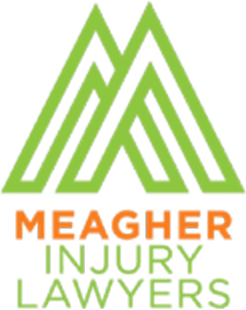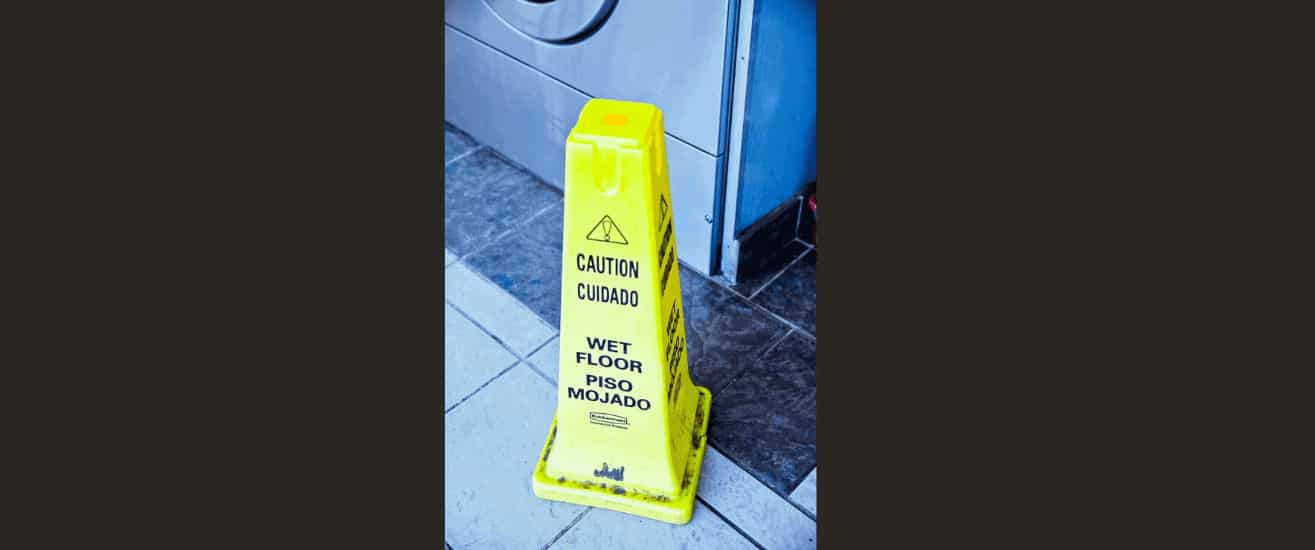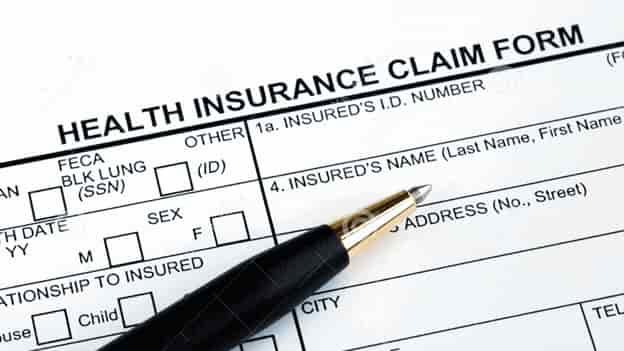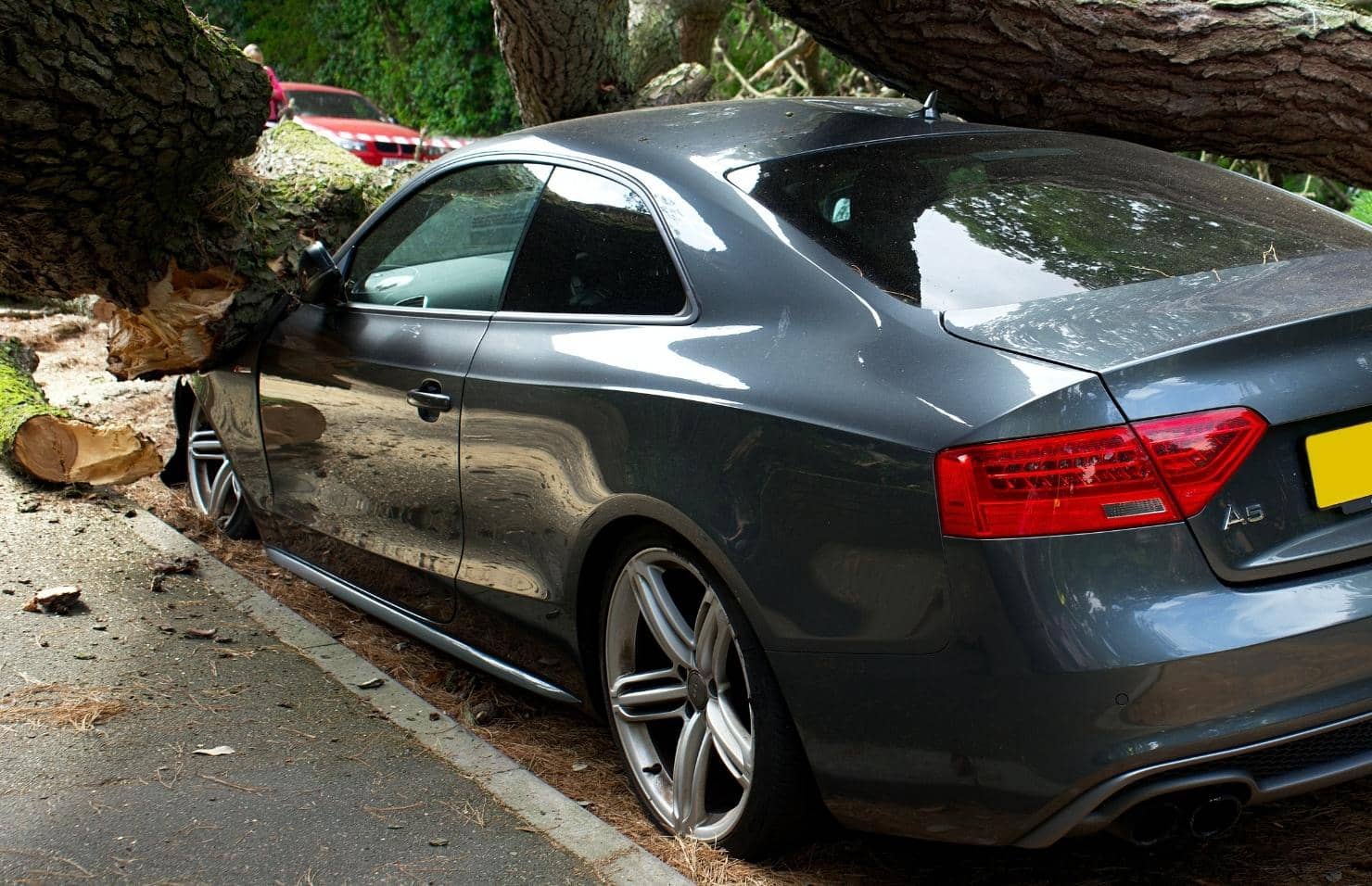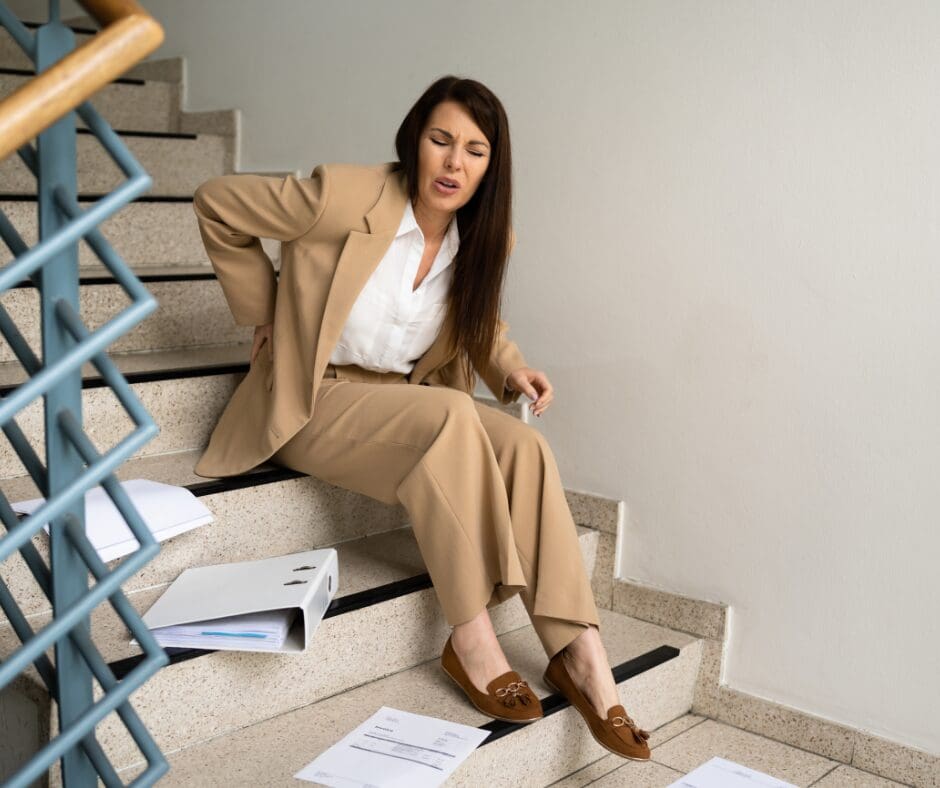Slip and fall and trip and fall injury cases are more common than you think. Centers for Disease Control and Prevention (CDC) reports that more than a million American suffers from slip, trip, and fall injuries every year.
Apart from the physical and mental sufferings, one may suffer a huge financial setback due to medical bills and loss of earnings due to a fall. So, the question arises, who is responsible for the injuries sustained in a fall on a business premises?
Business Owner Liability
Business owners or the agents responsible for the property are responsible for keeping their premises safe. Store and business owners need to keep their premises safe for their customers. In legal terms, this is called duty of care. If a business breaches its duty of care owed to its customers, it could give rise to negligence and tort liability.
Business owners must inspect for dangerous conditions on a routine basis. When a dangerous condition is found, the business owners must attempt to take steps to remedy the situation immediately or at the very least warn customers of the dangerous condition. If a business or property owner breaches their duty of care, leading to a customer falling into a dangerous condition on the property and sustain injuries, a claim can be brought by the fall victim for medical bills, lost wages, and pain and suffering.
Is a Business Owner Liable for Every Slip and Fall Incident on Their Premises?
The short answer is no. When reasonable care has been taken and the accident occurred due to a lack of mindfulness of the injury victim, the injury victim may be denied any remedy. The state of Kentucky is known as a pure comparative negligence state. This means that an injury victim can recover for their damages even if they are at fault for their fall; so long as they are not determined to be one hundred percent at fault. The injured person’s legal damages will be reduced proportionally based on the percentage of their fault.
For instance, if a plaintiff goes into a store and falls due to an alleged defective condition, he can claim damages. The store owner can defend the claim by arguing the Plaintiff’s fall occurred due to their own clumsiness or by arguing that the dangerous condition should have been seen (and thus avoided) by the injury victim.
It would be up to a trier of fact (i.e. a jury) to determine what percentage of fault to place on the injury victim for the fall and what percentage to place on the store. If the jury assesses 50% of the fault on the injury victim and the remaining 50% of the fault on the store, the injury victim is entitled to recoup 50% of his damages from the store.
Reach Out to a Lawyer Today
Slip and fall and trip and fall cases can be very complicated. The facts of each case are different, and many aspects of each case must be considered to prove liability. An experienced attorney may help you formulate a strong case so that you may get the maximum compensation available. Don’t wait, call Tate! Today for your free legal consultation on your case.
